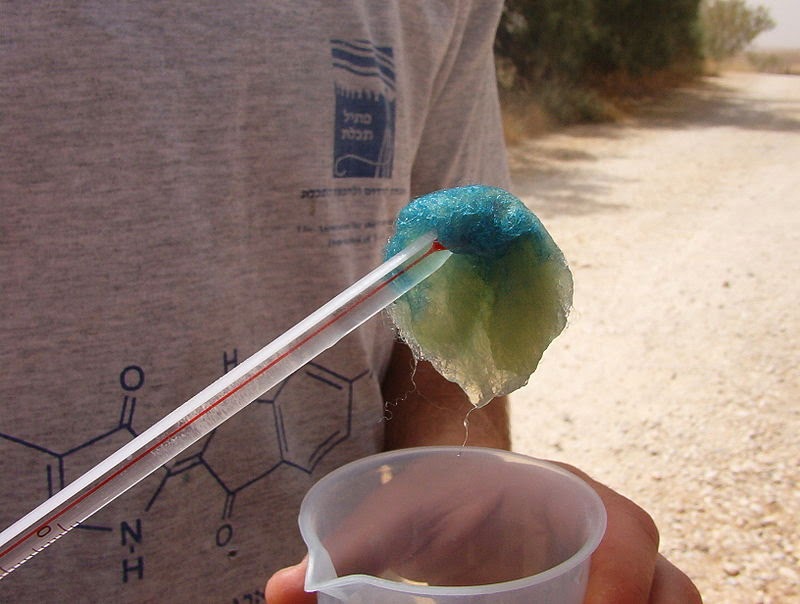 |
| Start with your pigments. |
Yesterday, it was so warm that I went outdoors in my loafers without socks. There’s still two feet of snowpack out there, but winter’s back is broken. Yes, it will snow again between now and Easter, but it can’t last.
That means that it’s time to get your plein air pack in order.
I use the same palette indoors and out, but my umbrella, my backpack, and my field easel get stashed in a corner. My first order of business is to pull them out and inspect them for cracks, tears and other damage, and to thoroughly vacuum out my backpack.
 |
| Check your brushes. |
Last fall, I bought a bunch of new brushes so I’m sure that my brushes are in order. Good thing, too, since by the end of last season it felt like I was painting with clubs. Start by getting rid of brushes that are worn out or gunked up.
I buy my paints in cans from RGH Paints in Albany. I keep them in this segmented vitamin box. Generally a plastic box of paints will get me through a week of travel without reloading, and it weighs a fraction of what the same paints in tubes do. Spring is when I clean out the box, check my supplies, and order new paints for the upcoming season.
 |
| Baby wipes, bug dope, sunscreen, hooded ponch and a baseball cap are important. |
More drawing means less struggling, and I carry a lot of drawing tools, both for myself and my students: charcoal, watercolor pencil, graphite, greyscale markers for fast value studies, and a viewfinder with a dry erase marker. I often use watercolor pencils and a straight edge when architecture is involved.
 |
| Don’t forget drawing tools. |
I check my sunscreen, bug repellent, painting cap, apron, water bottle, and supply of liquid gloves. I always carry two ponchos—one for me, and one for my painting, because when it rains in the spring, it really rains.
I have two sets of tools, so my field ones generally don’t wander off. They still need to be checked: compass, palette knifes, scraper, bungee cords, level, S-hooks, clips, all-purpose tool, straight edge/angle finder, paint pots and soap.
 |
| S-hooks, clips and bungee cords have a thousand and one uses in the field. |
It’s time to order new fast-dry mediumand check my supply of mineral spirits. Because I want to travel light, I repurpose old medium containers to hold mineral spirits, and carry my medium in a hotel shampoo bottle or cosmetic pot. I always carry a few plastic grocery bags for trash. The pins and strap are one way to carry finished paintings, if you don’t use a panel carrier. If you do use panel carriers, check the elastics to see if they need replacement. And it’s definitely time to check your inventory of painting boards.
 |
| You’ll need wee jars for medium and solvent. Don’t forget to check your stash of boards. |
Last, I check my supply of frames and framing tools. If you do plein air events, you need them on hand.
Check your pigments, check your tools, check the stuff you need to be comfortable. Reorder what’s used up, repair what’s broken.
Let me know if you’re interested in painting with me on the Schoodic Peninsula in beautiful Acadia National Park in 2015 or Rochester at any time. Click here for more information on my Maine workshops! Download a brochure here.























